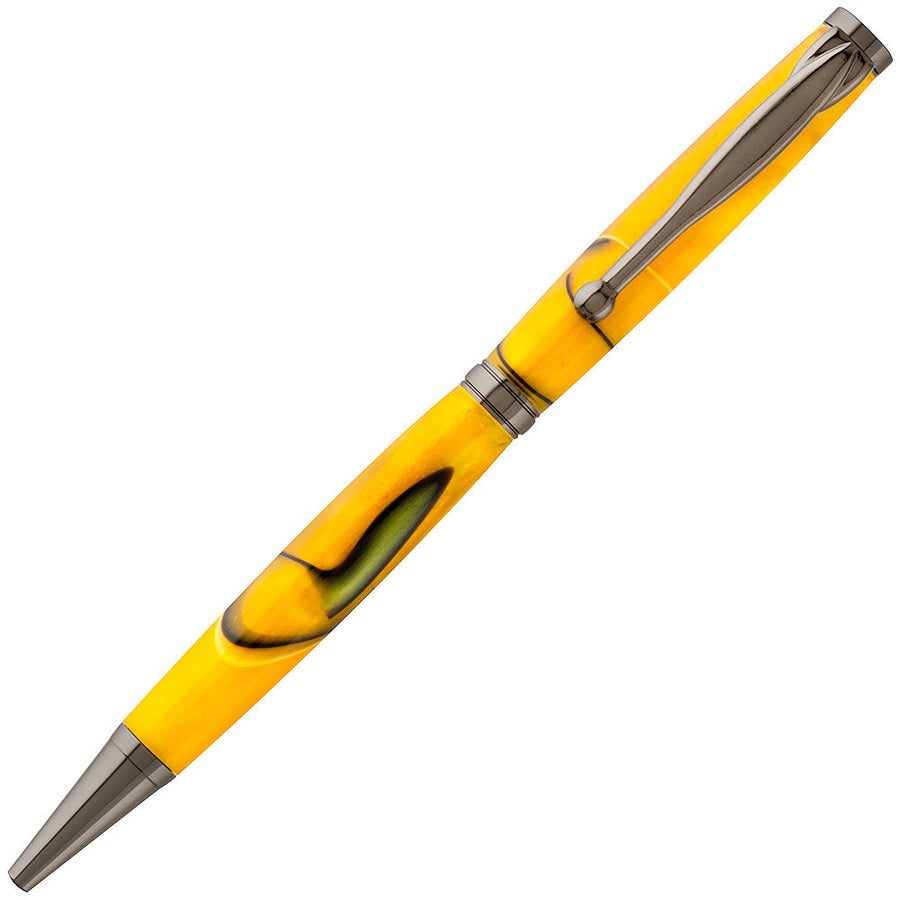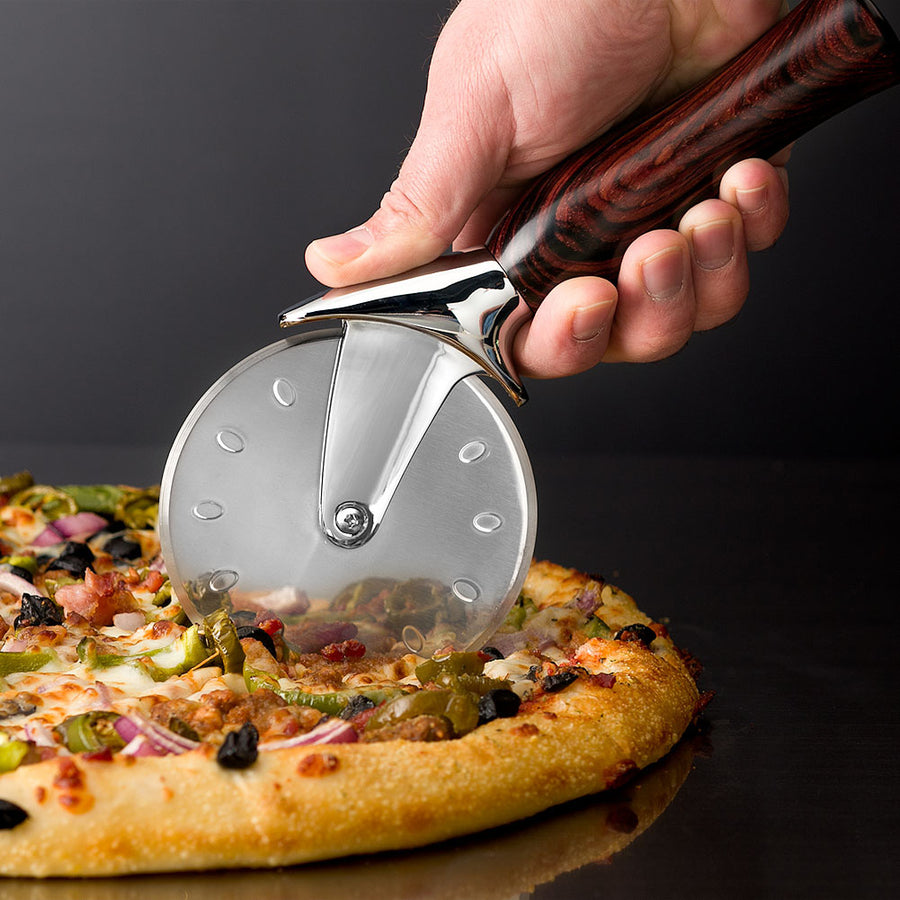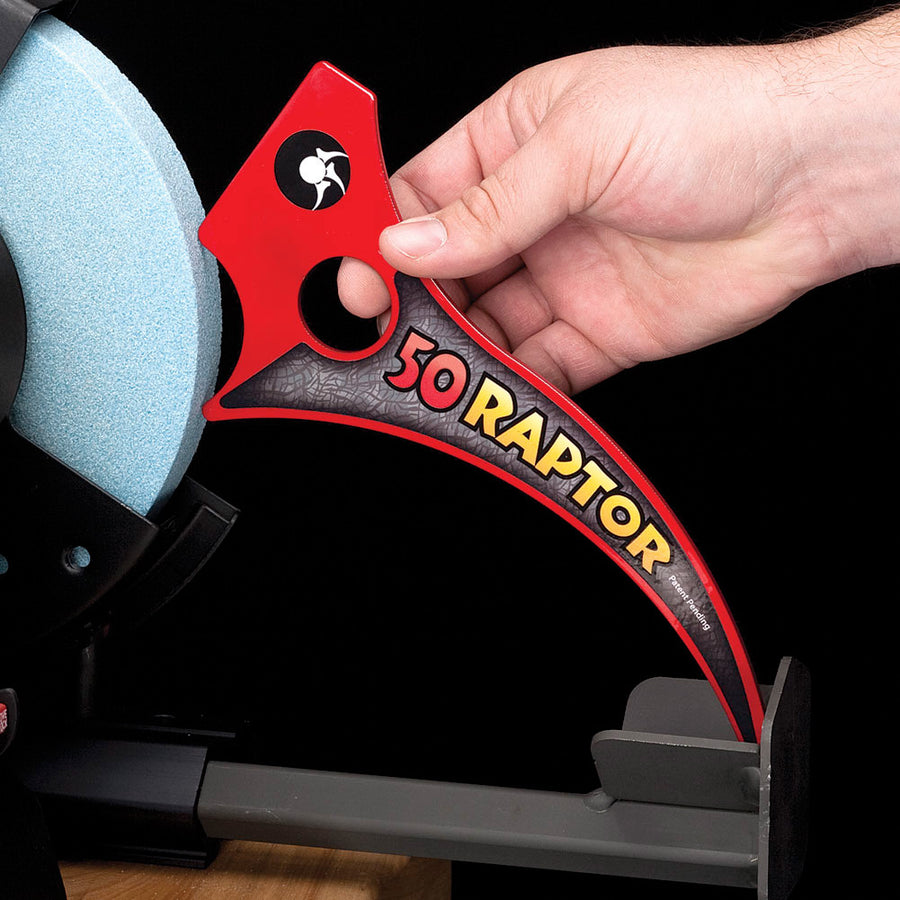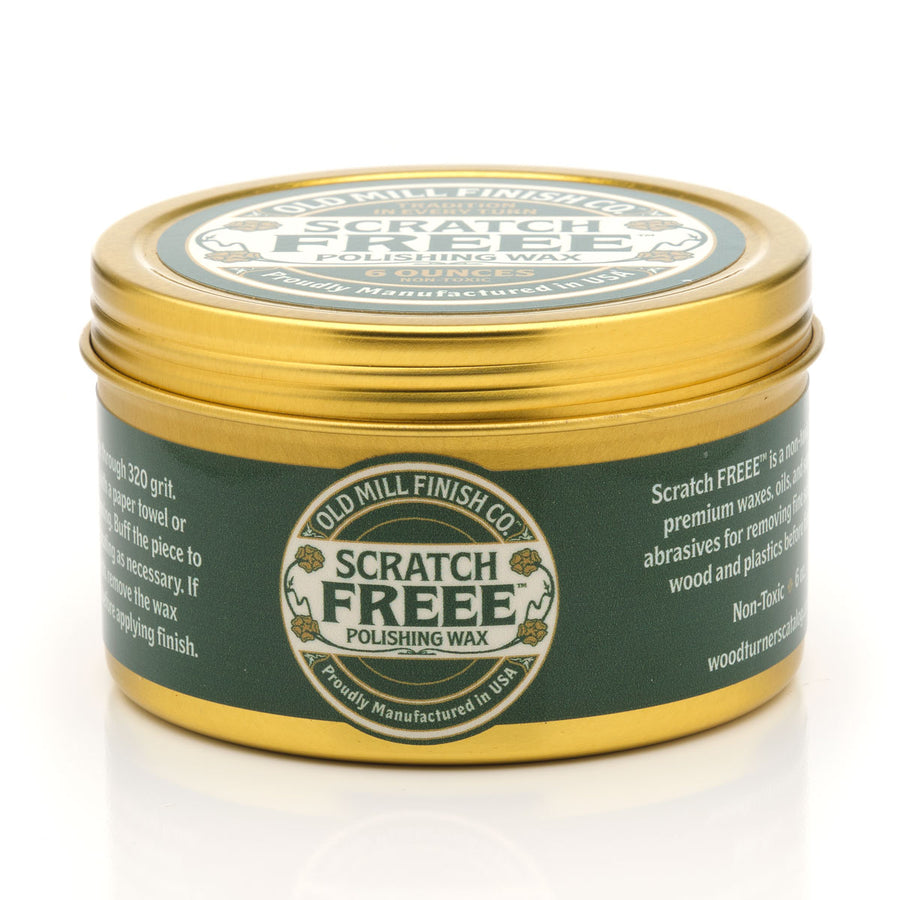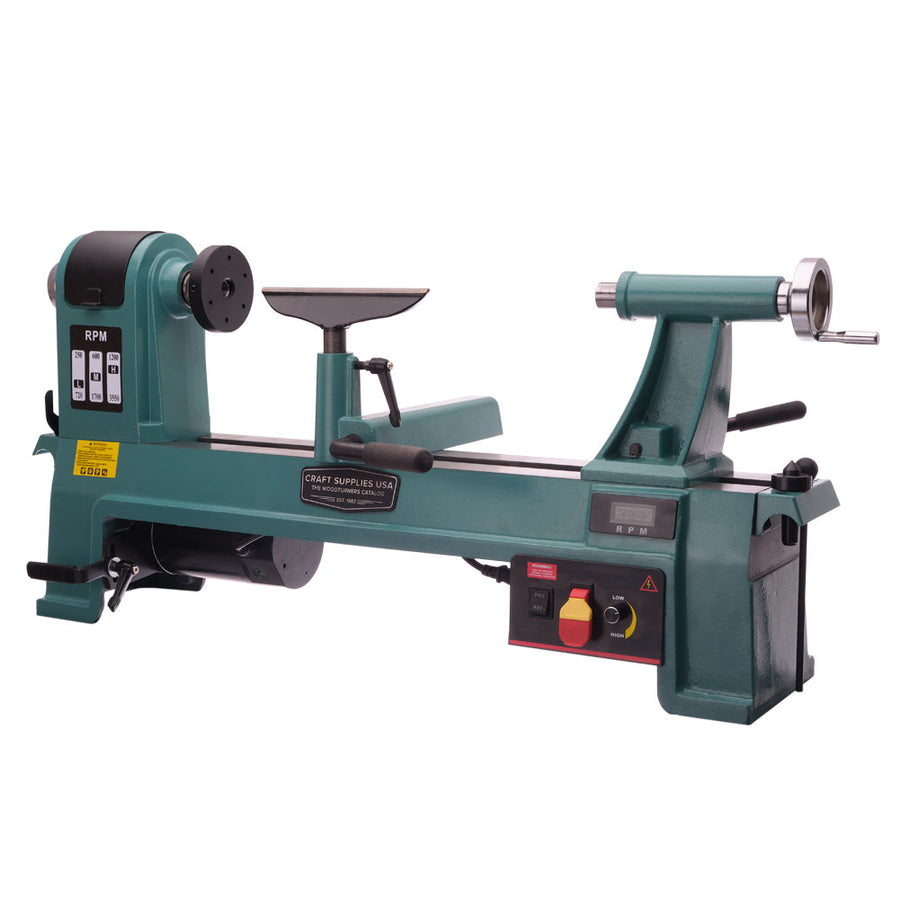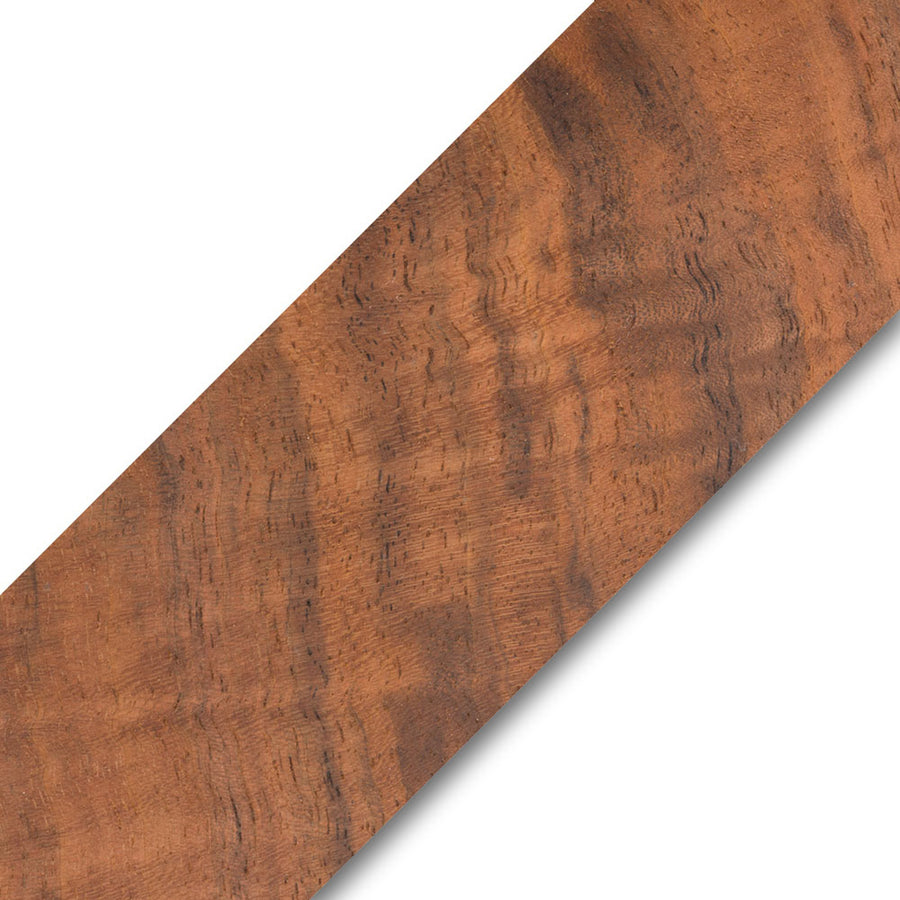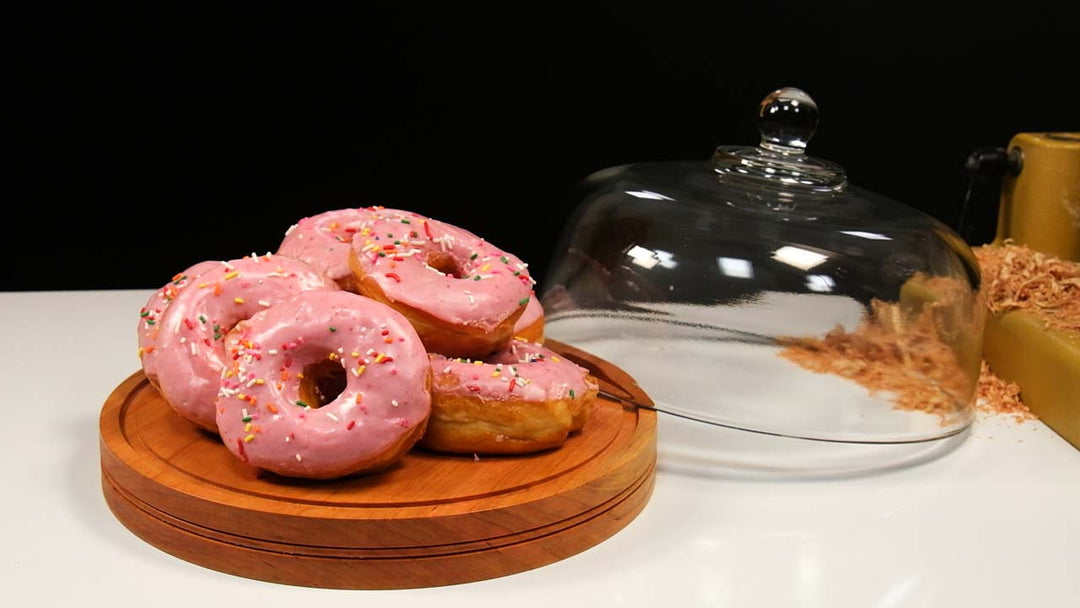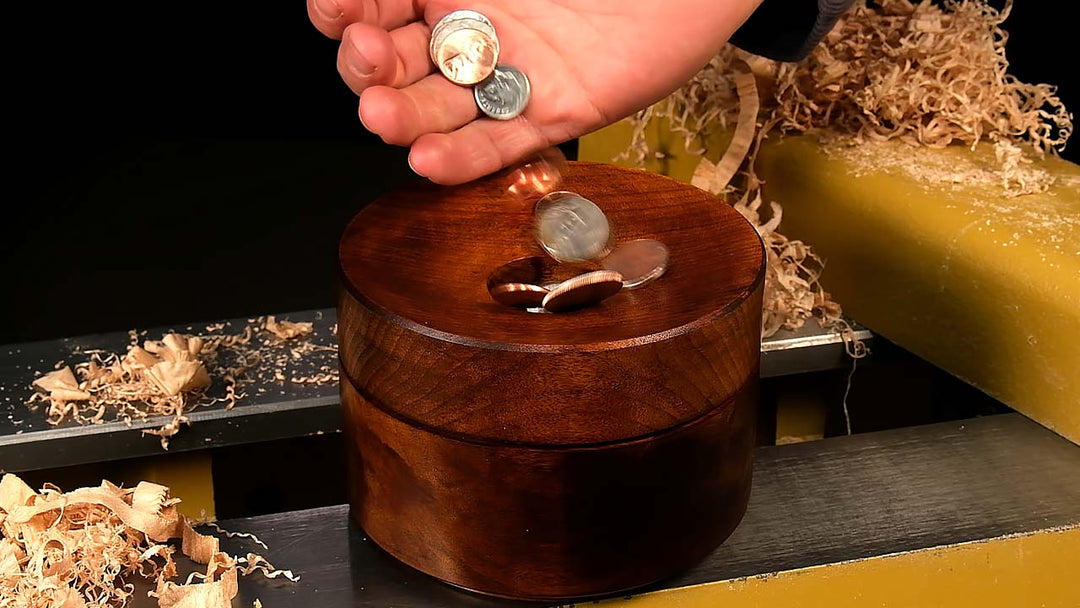Vicmarc Chuck Maintenance
A woodturning chuck is an essential tool for any woodturner, providing a secure grip on your workpiece. However, like any piece of machinery, it requires regular maintenance to ensure optimal performance and longevity. This guide will walk you through the process of cleaning and greasing your chuck (specifically the Vicmarc VM100 and VM120 chucks), keeping it in top shape for years to come. In the video, Mike goes into even further detail by completely disassembling a chuck and submerging the parts in solvent before reassembling.
Why Clean and Grease Your Chuck?
- Preventative Maintenance: Regular cleaning and lubrication help prevent the buildup of dust and debris, which can hinder the chuck's movement and cause premature wear.
- Smooth Operation: Lubrication ensures the jaws move smoothly and evenly, preventing binding and ensuring a secure grip on your workpiece.
- Rust Prevention: A light coating of grease helps protect the chuck's metal components from rust and corrosion.
Tools and Materials
- Chuck Key: This is used to open and close the chuck jaws. 8mm for Vicmarc VM100, 10mm for Vicmarc VM120
- Hex Key: Used to remove the chuck jaw screws. 3mm for Vicmarc VM100, 4mm for Vicmarc VM120.
- Cleaning Brush: A small brush, such as a toothbrush or nylon brush, is ideal for removing debris.
- Compressed Air: (Optional) This can help dislodge stubborn dust and debris.
- Degreaser: (Optional) This can be used to remove old grease and grime.
- Grease: Use a multi-purpose grease to provide lubrication and corrosion prevention.
- Paper Towels or Rags: For wiping down the chuck and removing excess grease.
Step-by-Step Cleaning and Greasing Process
- Disassemble the Chuck: Remove the chuck from the lathe and use a hex key to remove the chuck jaw screws. If your chuck has a removable backplate, take it off as well.
- Clean the Chuck: Use the brush to remove any dust, debris, or wood shavings from the chuck body, jaws, and scroll. If needed, use compressed air to blow out any stubborn particles. If there is a significant buildup of old grease, use a degreaser and a rag to clean the surfaces.
- Inspect for Wear: While cleaning, look for any signs of wear or damage, such as cracked jaws or stripped threads. If you find any issues, it's best to address them before reassembling and greasing the chuck.
- Apply Grease: Apply a thin, even layer of chuck grease to the scroll, jaw slides, and any other moving parts. Be sure not to over-grease, as this can attract more dust and debris.
- Reassemble the Chuck: Carefully reassemble the chuck, making sure all parts are properly aligned. Tighten the screws or bolts according to the manufacturer's instructions.
- Test the Chuck: Remount the chuck on the lathe and test the jaw movement by opening and closing them with the chuck key. The jaws should move smoothly and evenly without any binding.

Vicmarc Chuck exploded view. Courtesy of Vicmarc Machinery.
Tips and Tricks
- Frequency: Clean and grease your chuck every few months, or more often if you use it frequently or turn wet woods.
- Storage: When not in use, store your chuck in a clean, dry place to prevent rust and corrosion.
- Safety: Always wear safety glasses when cleaning and greasing your chuck to protect your eyes from flying debris.
Taking care of your Vicmarc chuck and jaws is a simple yet essential task for every woodturner. By following this guide, you can ensure your chuck operates smoothly and lasts for many years.
